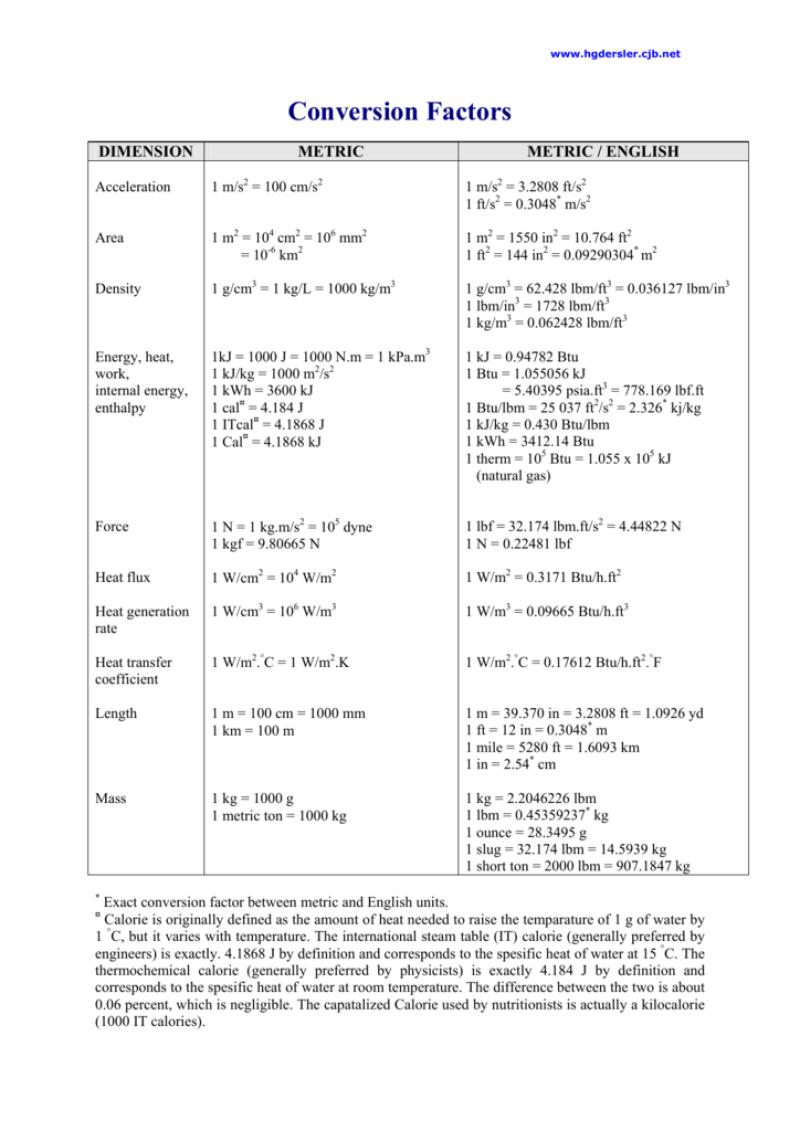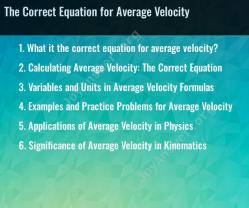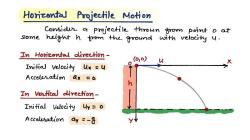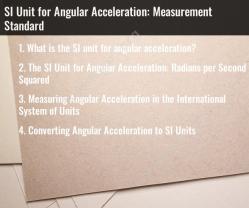How to convert pounds to slugs?
To convert pounds (lb) to slugs, you can use the conversion factor that relates force (pounds-force, lbf) to mass (slugs) under standard gravity. The conversion factor is based on the definition of a slug: 1 slug is the mass that accelerates at 1 foot per second squared when a force of one pound-force is applied.
The conversion factor is:
So, to convert pounds to slugs, you divide the weight in pounds-force by the acceleration due to gravity (32.174 ft/s²). The formula is:
For example, if you have a weight of 64 lbf, the corresponding mass in slugs would be:
Perform the calculation to find the mass in slugs.
Keep in mind that this conversion assumes standard gravity. If you are working with a different value for the acceleration due to gravity, you should use that specific value in the conversion.
What is the step-by-step process for converting pounds to slugs?
To convert pounds to slugs, follow these steps:
- Divide the number of pounds by 32.174048559981.
Are there conversion tables or calculators available for pounds to slugs?
Yes, there are conversion tables and calculators available for pounds to slugs. Some popular options include:
Conversion tables: Google Search, Wolfram Alpha, Unit Conversion
Calculators: Google Search, Wolfram Alpha, Unit Conversion
Can you provide real-world examples of situations where pounds are converted to slugs?
Real-world examples of situations where pounds are converted to slugs include:
Calculating the momentum of an object. Momentum is defined as the product of mass and velocity.
Calculating the kinetic energy of an object. Kinetic energy is defined as half the product of mass and the square of velocity.
Calculating the forces acting on an object in a dynamic system. In dynamics, force is defined as the rate of change of momentum.
Here is an example of how to convert pounds to slugs to calculate the momentum of an object:
Problem: A 100 lbm object is moving at a velocity of 10 ft/s. Calculate the momentum of the object.
Solution:
Momentum = mass * velocity
Momentum = 100 lbm * 10 ft/s
Momentum = 1000 lbf·s
In order to calculate the momentum, we needed to convert pounds to slugs. This is because the momentum equation requires mass in the slug unit.
Here is another example of how to convert pounds to slugs to calculate the kinetic energy of an object:
Problem: A 100 lbm object is moving at a velocity of 10 ft/s. Calculate the kinetic energy of the object.
Solution:
Kinetic energy = 1/2 * mass * velocity^2
Kinetic energy = 1/2 * 100 lbm * (10 ft/s)^2
Kinetic energy = 5000 ft·lbf
In order to calculate the kinetic energy, we needed to convert pounds to slugs. This is because the kinetic energy equation requires mass in the slug unit.













